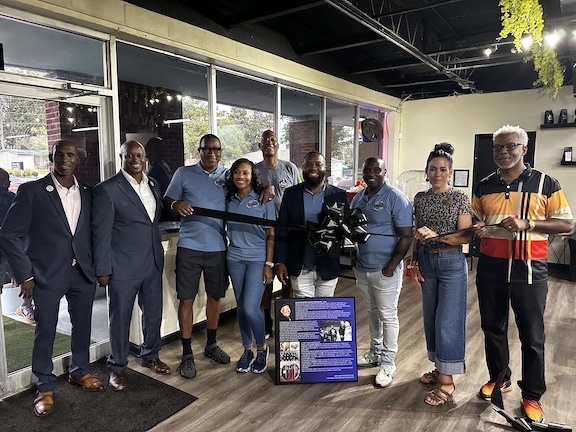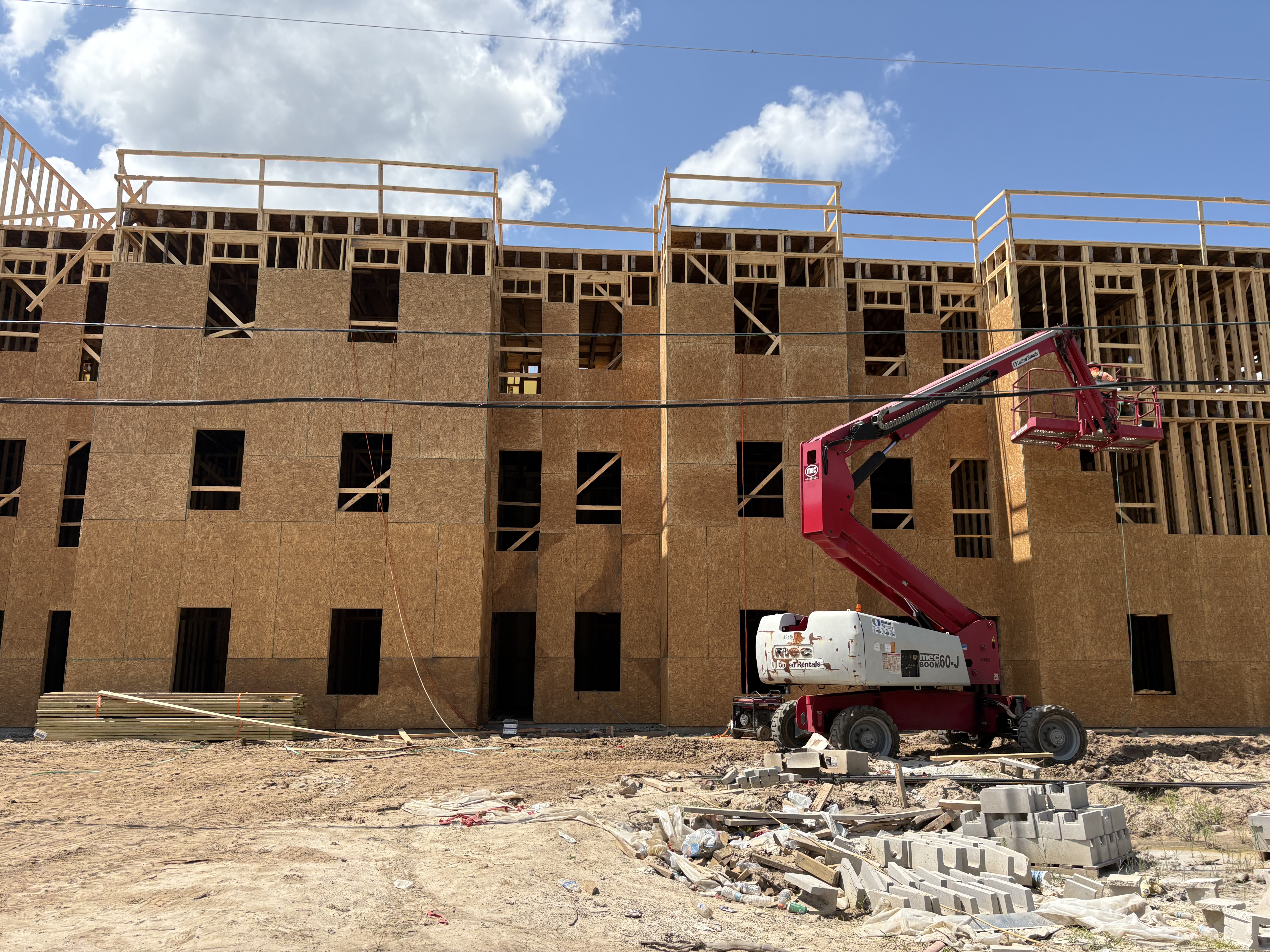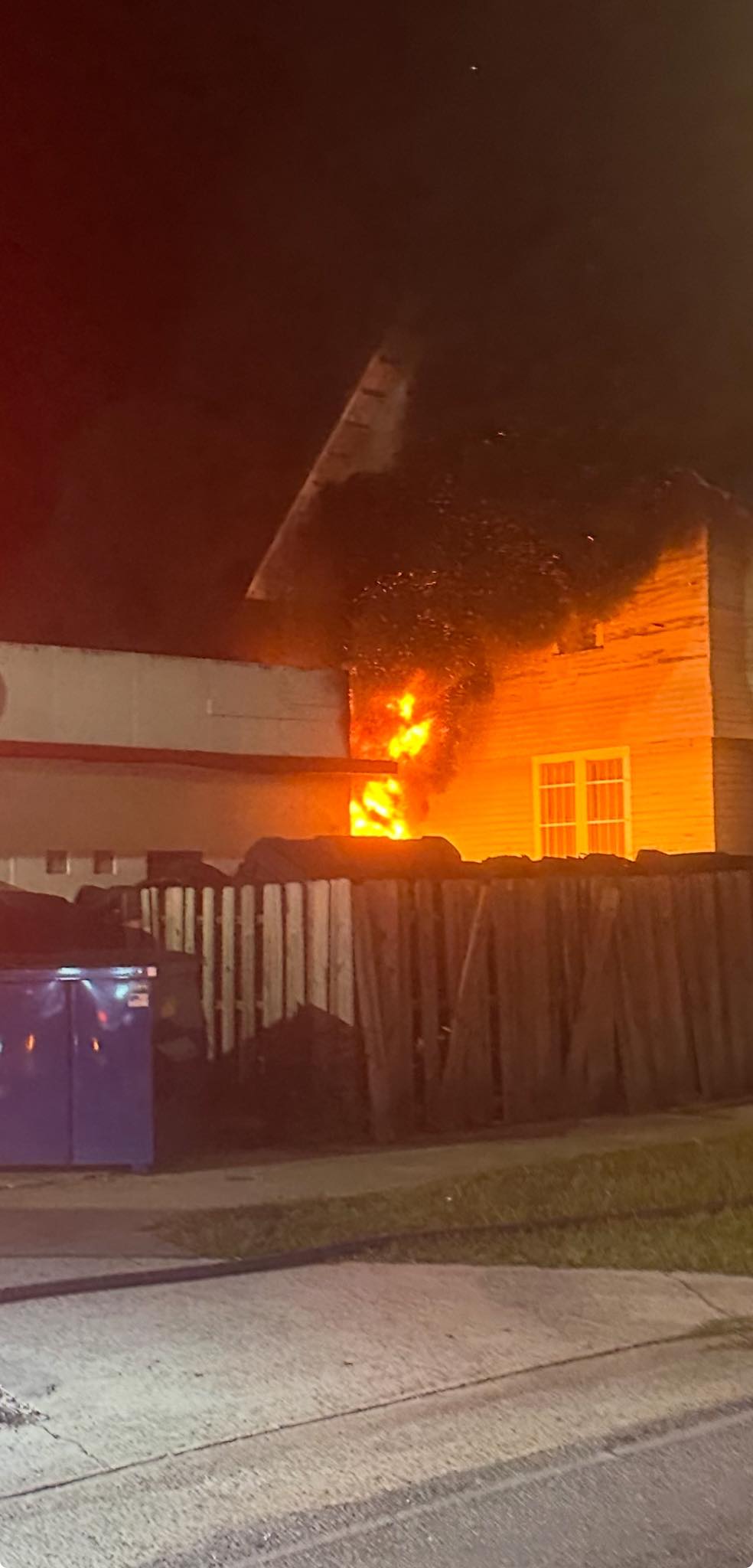Scintilla students prepare for natural disaster
Published 11:00 am Friday, October 28, 2022
VALDOSTA – Ashley Tye, Lowndes County emergency director, paid a visit to Scintilla Charter Academy to help students better understand natural disasters and how to prepare for them.
Tye began his presentation by explaining to students what his role as emergency director entails.
Trending
“I’m kind of the coordinator; when we have disasters, big emergencies likes tornados, hurricanes, big floods, my job, I’m not really in charge, but my job is to coordinate and make sure that the fire department, police department, EMS and the hospital, and really everybody that responds to disaster has everything they need to respond to your needs and keep you all safe. We want to be able to respond and make sure everyone’s prepared, and then when it’s over, we’re gonna make sure we clean everything up and put it back to normal,” he said.
He opened the floor to the students and their questions. Topics of interest included the emergency building’s ability to withstand disasters, the most dangerous disasters the emergency department has dealt with and how to become an emergency worker.
Tye revealed that the emergency building, where he works, can handle winds up to 200 miles per hour and is strategically placed on higher ground to avoid flooding.
“If our building floods, the whole city’s probably underwater,” he said.
Tye said the most dangerous situation he’s experienced was a 2014 tornado that hit Langdale Forest Products, which ended up damaging three buildings and injuring seven people on site.
“We did not see that coming. The storm literally dropped out of the sky out of nowhere without warning. You could see the steel beams of the building being twisted like a pretzel. There was quite a bit of damage but no really serious injuries.”
Trending
Tye advised the students to do work they enjoy and not make pay their main concern, as he got into emergency work because of his desire to help people “during their worst days, make their day a little better, and fix it.”
If they were interested in working in emergency management to help people, they should focus on getting experience.
“I don’t want to discourage you and say ‘Don’t go to college’ because education is important. But I also want to say that just because you say ‘You know what, you go through life, you get to high school, I’m probably not going to Valdosta State University or somewhere; I’m not going the traditional route’ doesn’t mean you can’t build up a lot of experience through the public safety route,” he said.
“I don’t know a lot of people who grow up and say ‘I want to be an emergency management director when I grow up.’ So most people become firefighters, police and EMTs, and we need all those people. The training you get from that will teach you a lot of skills.”
Sydney Leger, SCA’s fifth-grade science teacher, said she had been reviewing the background knowledge of natural disasters for the last three weeks as a part of a greater scope project for the grade, which includes writing a public service announcement, creating a readiness kit for different natural disasters and presenting their findings to parents in December.
“I love that he let it be student centered, with their questions. He did a really great job answering their questions and kind of elaborating even more, connecting what they’ve learned in science over the last few weeks. I feel like he took the knowledge that they came into this room with already, and he brought it to the real world like ‘How do we prepare for it here, in Lowndes County,’” she said.
Fifth-grade student Abby Bradner said she felt Tye’s presentation was thorough and she can tell he has “a lot of experience.”
“I just felt that it was really interesting and I thought maybe I will become that (emergency director) one day. I kind of want to do what he did and experience it before I actually do it,” she said.
Students said they went back to class feeling eager to continue their natural disaster project.





